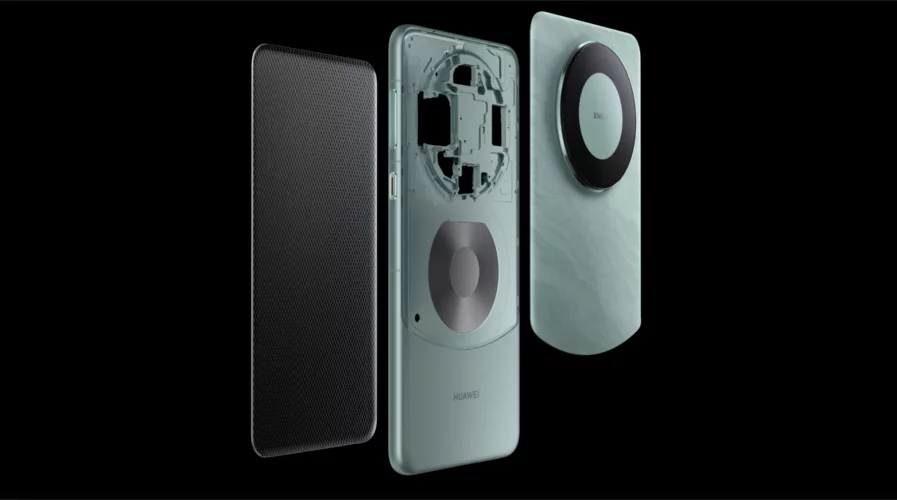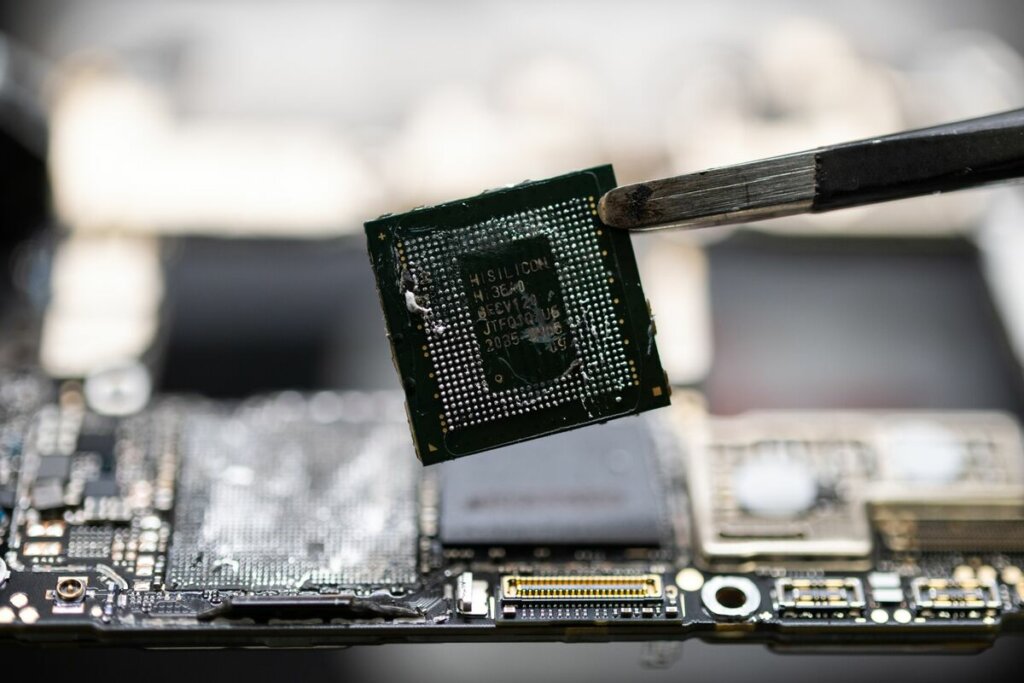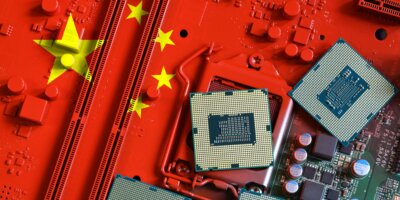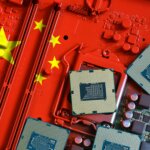
US lawmakers have been uneasy and reckon the achievement “warrants investigation,” and Huawei Mate 60 Pro indicates a breakthrough in developing a new 5G processor. Source: Huawei
Huawei is leaving the US unsettled with its 5G progress
- US lawmakers have been uneasy and reckon the achievement “warrants investigation,” and Huawei Mate 60 Pro indicates a breakthrough in developing a new 5G processor.
- SMIC is also under intense spotlight after speculation that the chip maker helped Huawei overcome stifling US tech sanctions.
- South Korea’s SK Hynix Inc. opened an investigation into the use of its chips in the Mate 60 Pro.
All Huawei Technologies Co did last week was release its latest smartphone, the Mate 60 Pro, in a relatively low-key manner. Ever since then, the world, especially the Chinese, has been raving about how fast the network speed of the smartphone is. It was akin to a typical 5G smartphone, and for the Chinese telecommunications giant to produce that despite stifling US sanctions, was even more groundbreaking.
It all started with a teardown of the handset that TechInsights conducted for Bloomberg News, which unveiled that the Mate 60 Pro is powered by a new Kirin 9000s chip that was fabricated in China by Semiconductor Manufacturing International Corp (SMIC). The processor is the first to utilize SMIC’s most advanced 7nm technology, indicating that Huawei has the technology to make such a chip despite sweeping efforts by the US to restrict China’s access to foreign chip technology.

The SMIC chip inside a Huawei Mate 60 Pro smartphone. Source: Bloomberg
To top it off, the Mate 60 Pro comes three years after the company last released a 5G smartphone, the Mate 40 series. But Huawei has yet to publicly declare that it is a 5G-capable smartphone – all the embattled Chinese tech giant has said is that the Mate 60 Pro is the “most powerful Mate model ever.”
TechInsights, in a report, indicated that SMIC made the Kirin 9000s via its 7-nanometer process, known as the N+2 node, fuelling speculation that the chip maker was helping Huawei clandestinely overcome stifling US tech sanctions. For context, SMIC was added to the US Entity List in December 2020, while Huawei was on that trade blacklist in May 2019.
That is perhaps why experts are reckoning that the breakthrough in developing a new 5G processor in mainland China is expected to not only prompt another round of investigation by Washington but also intensify the US-China tech war. It could also spark more debate in the US about the effectiveness of sanctions, Jefferies Equity analyst Edison Lee said in an interview recently.
But, to an extent, the breakthrough wasn’t much of a surprise considering how experts, including semiconductor players based out in the US like Qualcomm and Nvidia, have argued for fewer sanctions because Washington’s trade restrictions have only strengthened China’s motivation for tech self-sufficiency while also damaging the commercial interests of US companies.
What does the US say about Huawei and its 5G feat?
Firstly, existing rules require any company that intends to supply Huawei with US technology, which is present throughout SMIC’s operations, to get approval from Washington. US lawmakers reckon that China’s top chipmaker warrants investigation because it’s unclear whether SMIC has a US license to supply Huawei.
The US believes SMIC has violated US sanctions by supplying components to Huawei. “It sure looks like it did” violate sanctions, Representative Michael McCaul said Wednesday at a briefing at the US embassy in the Hague. SMIC continues “to try to get our intellectual property.”
Representative Mike Gallagher, chairman of the House Select Committee on Competition with China, on the other hand, reckons that it is about time “to end all US technology exports to both Huawei and SMIC to make clear any firm that flouts US law and undermines our national security will be cut off from our technology.”
The fact that there was a staggering amount of US$23 billion in licenses the Bureau of Industry and Security (BIS) has granted for US firms to sell technology to Chinese companies in the first quarter of last year is evident enough that the US may be too lenient, American lawmakers emphasized.
South Korea SK Hynix started investigating
TechInsights’ teardown shows that Huawei’s Mate 60 Pro uses SK Hynix’s LPDDR5 and NAND flash memory. While Chinese suppliers almost entirely provide the handset’s components, Hynix’s hardware is an isolated example of materials sourced from overseas, TechInsights noted.
Following that revelation, Bloomberg reported that SK Hynix Inc. has opened an investigation into the use of its chips in Huawei’s latest phone. Icheon-based Hynix “no longer does business with Huawei since the introduction of the US restrictions against the company and, about the issue, we started an investigation to find out more details,” a company spokeswoman said in a statement to Bloomberg News. “SK Hynix strictly abides by the US government’s export restrictions.”
While it remains unclear how Huawei may have procured the memory chips from Hynix, which makes most of its semiconductors at plants in China, there is the possibility that the Chinese tech giant was tapping a stockpile of components it accumulated as far back as 2020 before the complete set of US trade curbs had been imposed on it.
READ MORE
- Safer Automation: How Sophic and Firmus Succeeded in Malaysia with MDEC’s Support
- Privilege granted, not gained: Intelligent authorization for enhanced infrastructure productivity
- Low-Code produces the Proof-of-Possibilities
- New Wearables Enable Staff to Work Faster and Safer
- Experts weigh in on Oracle’s departure from adland


